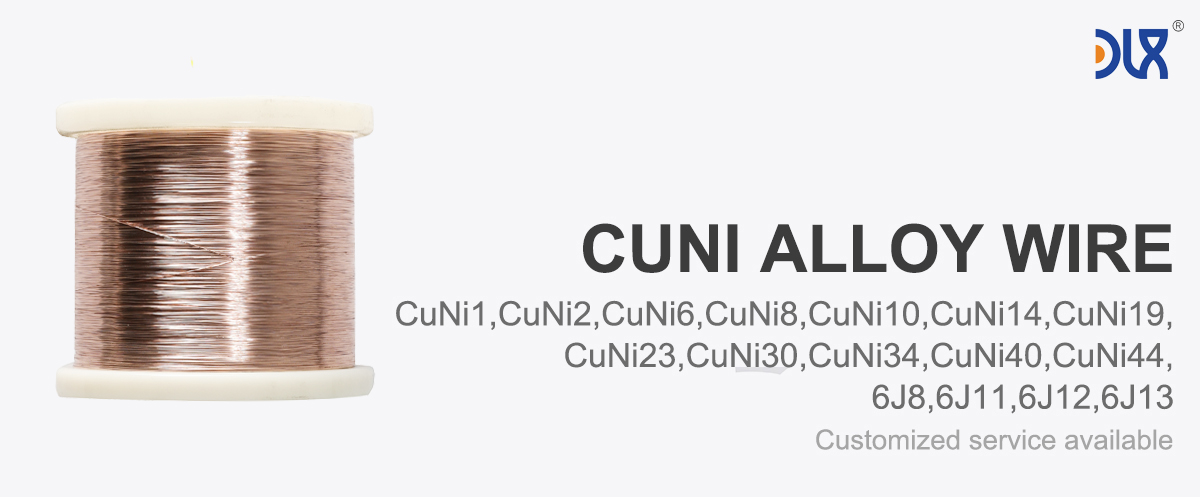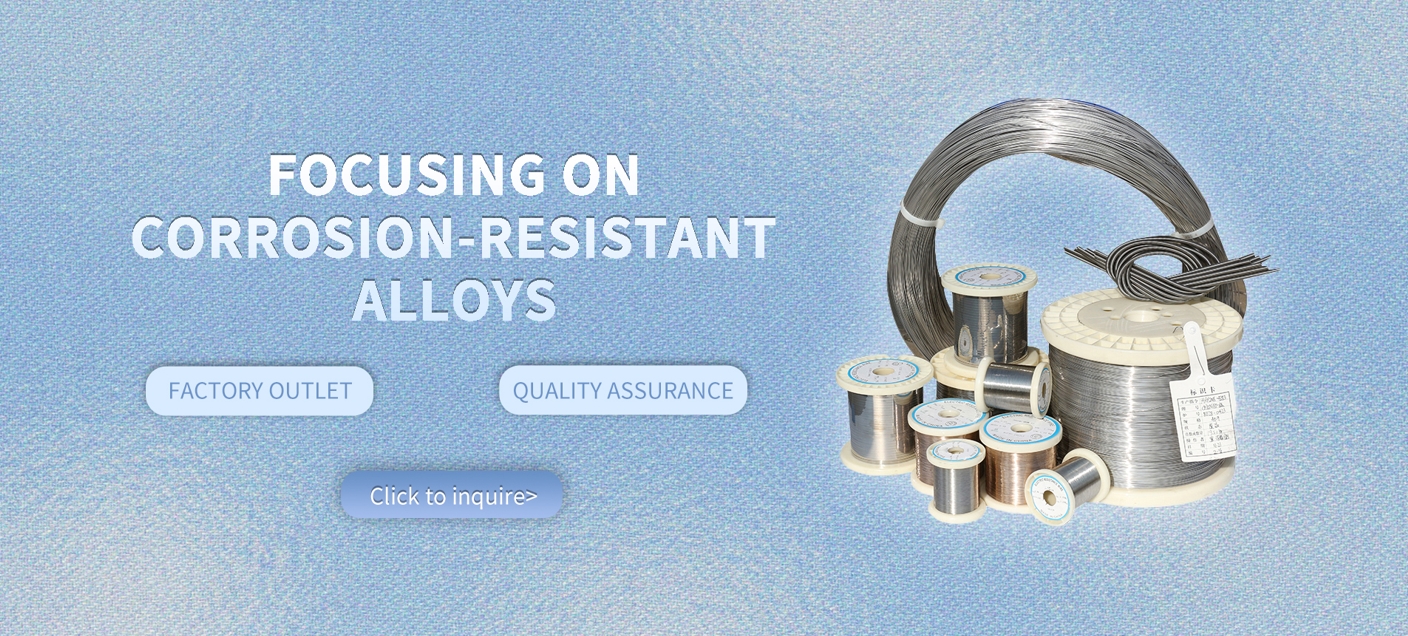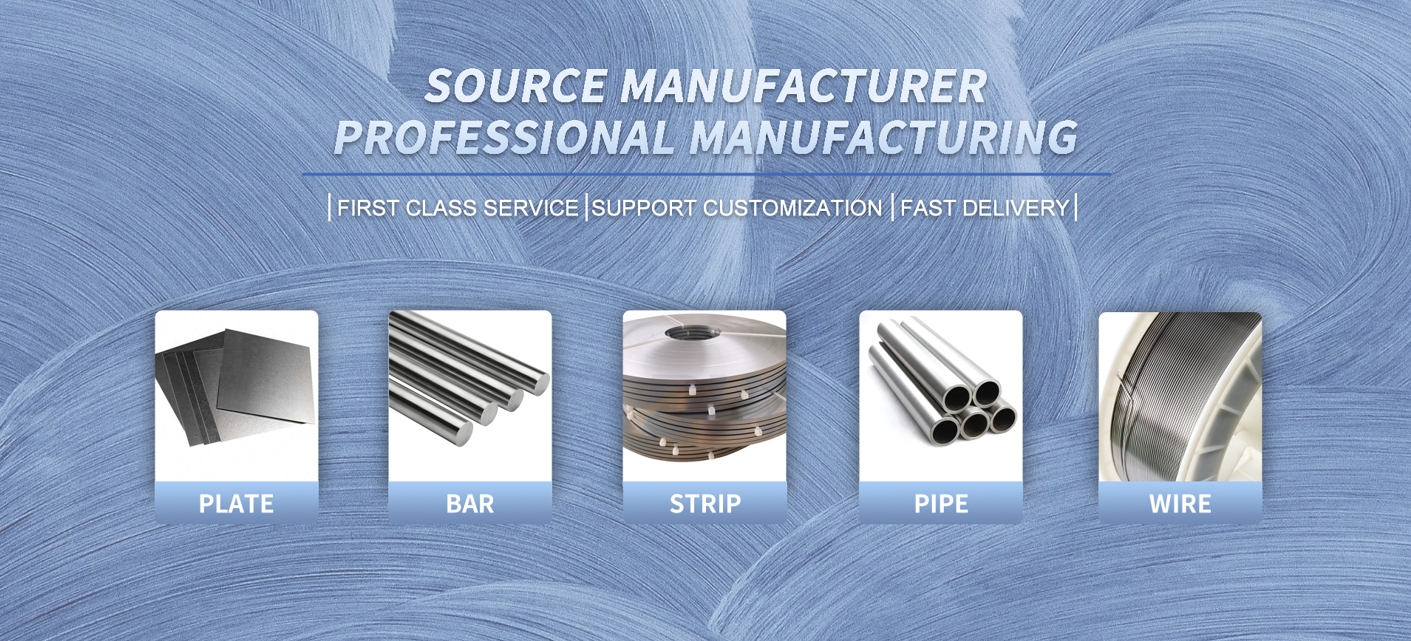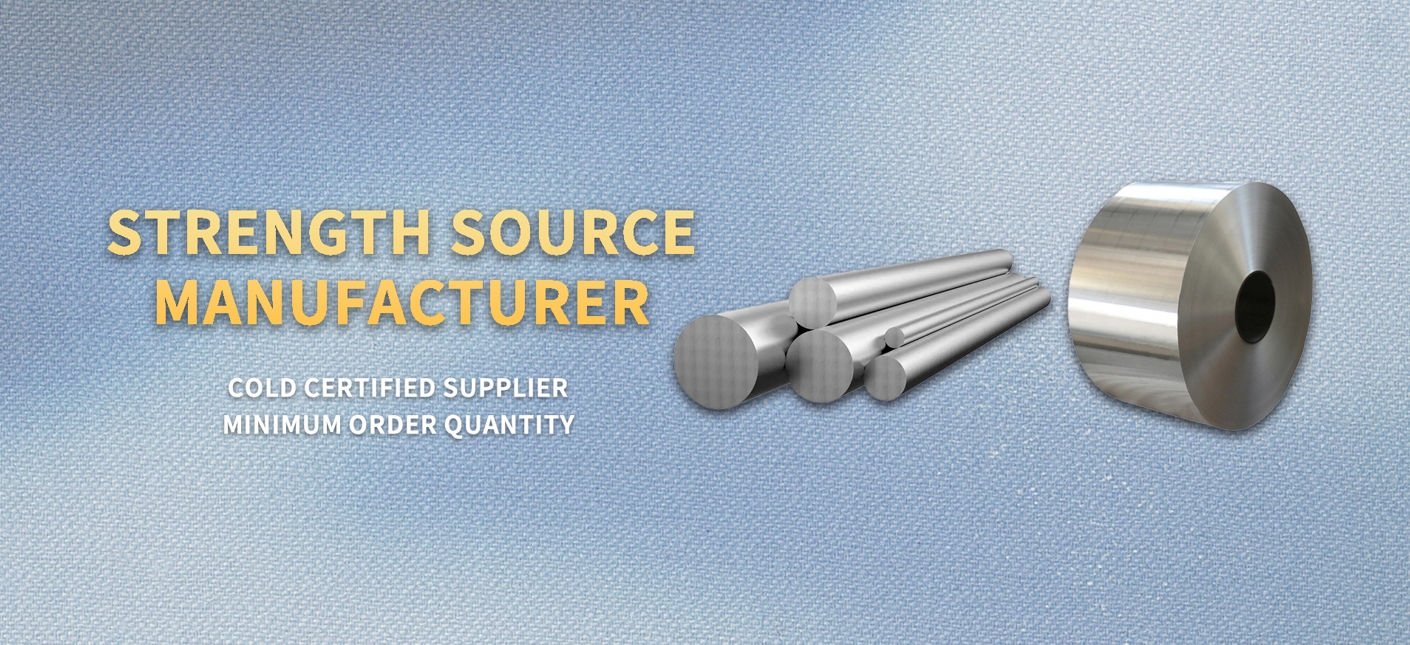CuNi Alloy Resistance Wire: Industry Applications, 2025 Market Analysis, and Comparison

Our CuNi Alloy resistance wire, commonly known as Cupronickel or Constantan, is a powerhouse in low to medium-temperature applications. Made from copper and nickel, it boasts high electrical resistivity, low temperature coefficient of resistance (TCR), and excellent corrosion resistance. These qualities make it a top pick for industries needing precision and durability, from electronics to petrochemicals. Whether it’s for heating cables or precision resistors, our CuNi wire delivers consistent performance where others fall short.
Industry Applications
CuNi alloy resistance wire shines across multiple sectors due to its versatility:
Electronics: Used in wire-wound precision resistors, potentiometers, and thermocouples (e.g., Type T with copper) for stable, accurate performance up to 400°C (750°F).
Petrochemicals: Powers heating cables and elements in refineries, maintaining temperatures for processes like naphtha production.
Consumer Appliances: Found in toasters, electric blankets, and space heaters, offering reliable low-temperature heating.
Automotive: Supports EV battery systems and sensors, leveraging its corrosion resistance and conductivity.
Aerospace: Used in thermal management systems for lightweight, durable components.
Marine: Ideal for desalination plants and shipboard wiring due to its resistance to saltwater corrosion.
Its ductility, weldability, and ability to handle harsh environments make it a go-to for these demanding applications.
2025 Market Analysis
The global market for resistance heating wires, including CuNi alloys, is on a hot streak, projected to hit $2.7 billion by 2025 with a CAGR of around 8%. CuNi alloys are carving out a strong niche, driven by demand in electronics, automotive, and renewable energy sectors. The rise of electric vehicles (EVs) and smart grids is boosting the need for high-conductivity, corrosion-resistant wires. Asia-Pacific, led by China, dominates production and consumption, fueled by rapid industrialization and infrastructure growth. By 2033, the related CuNiSi alloy market could reach $450-$550 million, with a CAGR of 5-7%, reflecting broader alloy trends. Price volatility in nickel (up 32% in 2023) remains a challenge, but our long-term supply contracts keep costs stable.
Comparison with Other Resistance Wires
CuNi alloy resistance wire stands out against competitors like Nickel-Chromium (NiCr) and Iron-Chromium-Aluminum (FeCrAl, e.g., Kanthal). Here’s how it stacks up:
Parameter | CuNi Alloy (e.g., CuNi44) | NiCr (e.g., Nichrome) | FeCrAl (e.g., Kanthal) |
|---|---|---|---|
Resistivity | Medium (49 µΩ·cm for CuNi44) | High (100-110 µΩ·cm) | Very High (135-145 µΩ·cm) |
Max Operating Temp | 400°C (750°F) | 1200°C (2192°F) | 1400°C (2552°F) |
TCR | Very Low (~±20 ppm/°C) | Moderate (~100 ppm/°C) | Low (~50 ppm/°C) |
Corrosion Resistance | Excellent (marine, chemical environments) | Good (oxidizes at high temps) | Excellent (oxidation-resistant coating) |
Weldability | Easy (solderable, weldable) | Good (requires care) | Moderate (special techniques needed) |
Applications | Precision resistors, thermocouples, heating cables | High-temp furnaces, toasters | Industrial furnaces, kilns |
Cost | Moderate (nickel price impacts) | Moderate to High | Lower (iron-based) |
Durability | High in corrosive environments | High in high-temp settings | High in oxidizing conditions |
Why CuNi Stands Out: CuNi excels in low to medium-temperature applications (up to 400°C), offering unmatched stability due to its low TCR. It’s the best choice for precision and corrosion-heavy environments, unlike NiCr, which is better for high-temperature settings, or FeCrAl, which prioritizes oxidation resistance but lacks CuNi’s weldability.
Why Choose Our CuNi Alloy Resistance Wire?
Precision Performance: Low TCR ensures stable resistance across temperatures.
Corrosion Resistance: Perfect for marine and chemical applications.
Custom Solutions: Available in wires as fine as 0.06mm, bunched or stranded for flexibility.
Fast Delivery: Global supply chain ensures quick turnaround.
Quality Assurance: Meets ASTM F30 standards with full certifications.
Our CuNi wire is engineered for reliability, whether you’re building thermocouples or heating systems.

FAQs
What is CuNi alloy resistance wire used for?
Precision resistors, thermocouples, heating cables, and EV battery systems.How does CuNi compare to NiCr for heating applications?
CuNi is better for low to medium temperatures (up to 400°C) with superior corrosion resistance, while NiCr handles higher temperatures.Can CuNi wire be used in marine environments?
Yes, its excellent corrosion resistance makes it ideal for saltwater exposure.What’s the max temperature for CuNi wire?
400°C (750°F) for continuous use, ensuring reliable performance.Is CuNi wire weldable?
Absolutely, it’s easily soldered and welded for seamless integration.Why is CuNi wire popular in electronics?
Its low TCR and high resistivity ensure stable, precise performance in resistors and sensors.How does the 2025 market look for CuNi wire?
Strong growth, driven by EVs, electronics, and renewable energy, with a projected $2.7B resistance wire market.Does CuNi wire support EV applications?
Yes, it’s used in battery systems and sensors for its conductivity and durability.
Visual Description
Imagine a sleek, shiny coil of CuNi alloy resistance wire, glowing faintly in a precision resistor setup, surrounded by high-tech electronics and a petrochemical reactor in the background. The wire’s coppery sheen reflects its durability, while a faint blue ocean wave highlights its corrosion resistance for marine use.
Conclusion
Our CuNi alloy resistance wire is the smart choice for industries needing precision, corrosion resistance, and reliability in low to medium-temperature settings. With a booming market in 2025, driven by EVs, electronics, and renewable energy, our wire meets the moment with top-tier performance and customization. Choose us for quality, fast delivery, and a product that outperforms in the toughest conditions.



